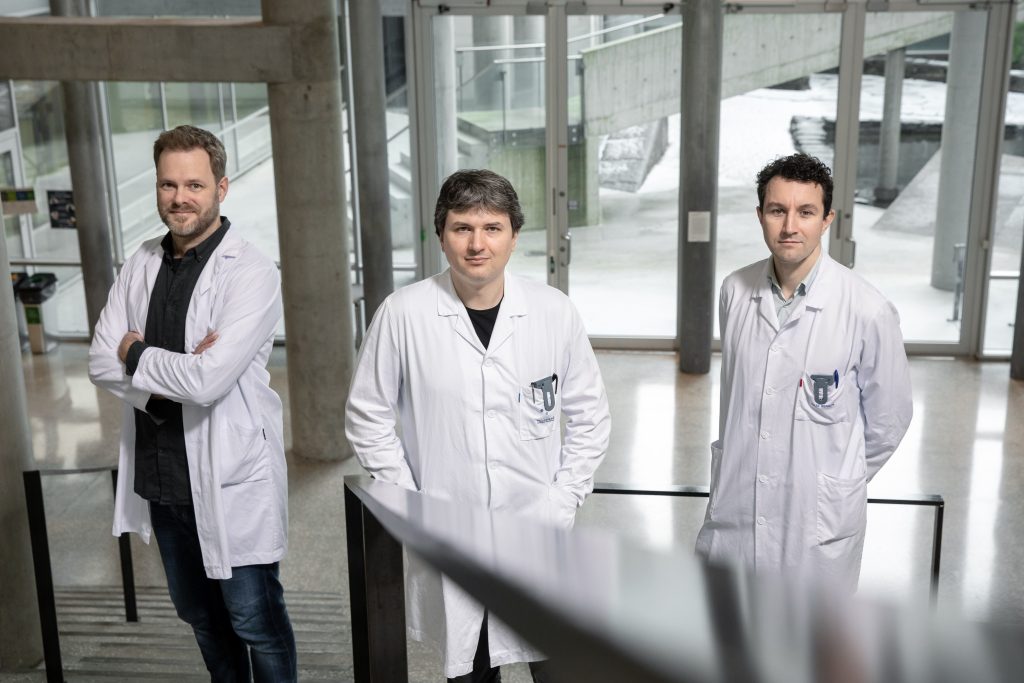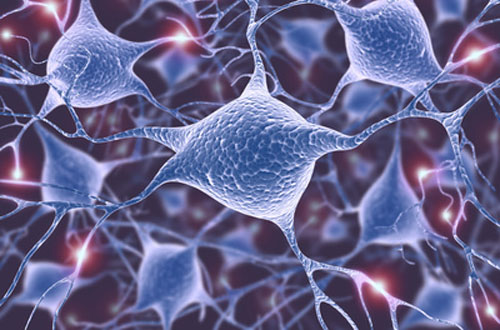A randomized, double-blinded, placebo-controlled, Phase I clinical study on 30 newly diagnosed patients with Parkinson’s disease (PD), naive to standard dopaminergic therapy, showed mild, clinically significant alterations in the brain metabolome upon oral treatment with nicotinamide riboside (NR) for a month at a dose of 1000 mg/day.
The single-center study (Clinicaltrials.gov: NCT03816020) was led by Charalampos Tzoulis, PhD, professor of neurology and neurogenetics at the Haukeland University Hospital and University of Bergen, in Norway. The clinical trial was part of the ChromaDex External Research Program (CERP™) and used the company’s Niagen® as a source for nicotinamide riboside.
Tzoulis’ team showed NR treatment was well tolerated and showed no adverse effects. The researchers showed increased levels of NAD (nicotinamide adenine dinucleotide) in the brain, in addition to related metabolites in the cerebrospinal fluid (CSF).
“31P magnetic resonance spectroscopy (31P-MRS) was employed to assess brain NAD level in vivo and detect NR-induced changes in the study participants. It is the first time this method has been used to measure therapeutic increases of NAD levels in the human brain,” said Tzoulis.
The authors conducted fluoro-deoxyglucose positron emission tomography and found changes in cerebral metabolism in the NR recipients, which was associated with mild clinical improvement, although NR showed no direct effect on PD-associated clinical symptoms measured using the Movement Disorder Society Unified Parkinson’s Disease Rating Scale [MDS-UPDRS].
“Patients with a substantial increase in brain NAD-levels experienced a mild but significant clinical improvement, and this correlated with the change in the brain’s metabolic pattern,” said Tzoulis.
Follow-up metabolomic analyses on CSF, skeletal muscle, and peripheral blood mononuclear cells (PBMCs) in patients confirmed NR intake and showed increases in the NAD metabolome with transcriptional upregulation of processes related to mitochondria, lysosome, and proteasome function in blood and skeletal muscle cells and decreased levels of inflammatory cytokines in serum and CSF.
The study was published in the journal Cell Metabolism, in an article titled, “The NADPARK study: A randomized Phase I trial of nicotinamide riboside supplementation in Parkinson’s disease.”

“These findings, particularly the effects on pro-inflammatory cytokines and clinical symptoms, are clearly supportive of carrying out larger trials in PD patients,” said Rudolph Tanzi, PhD, vice chair of neurology and co-director of McCance Center for Brain Health at Massachusetts General Hospital, professor of neurology at Harvard Medical School, and a member of the ChromaDex Scientific Advisory Board.
Charbel Moussa, PhD, associate professor of neurology at the Georgetown University Medical Center who heads the Laboratory for Dementia and Parkinsonism and was not involved in the current study said, “The results of this study should be carefully interpreted. Measurement of energy metabolism is adequate as a biomarker, however, the history of investigation of NAD has not led to any substantial findings in neurodegeneration, including PD.”
Moussa added, “Although the question of bioenergetics is pertinent in PD, it is questionable whether severe deficiencies in energy metabolism exist in early or drug-naïve PD patients. Therefore, the increase in biomarkers of energy in CSF or via imaging may be due to NAD itself, but it remains to be demonstrated if replenishing cellular energy via NAD is sustainable over a longer period than 30 days in Phase II and whether these changes are clinically beneficial in larger Phase III studies.”
Xiang Gao, PhD, a professor of nutrition and epidemiology at the School of Public Health, Fudan University, Shanghai, who also was not involved in the current study said, “The study is important because although several previous studies suggested that NR may protect against aging, this is the first trial to see the potential neuroprotective effects of NR on Parkinson’s disease.”
Gao added, “However, I would interpret these results with caution because of the small sample size, short study duration, and because the only significant results were for NAD (expected) but not for the clinical outcome—UPDRS. We should be aware that it’s hard to see a difference in UPDRS in such a short period. Even if there were some small to modest beneficial effects [to UPDRS], the small sample size in this study could not detect these. So, this study should be considered a preliminary study. Its results need to be replicated.”
PD affects more than 10 million people worldwide. “Current treatments for PD provide some symptomatic relief but make no impact on disease progression,” said Tzoulis.
Progressive impairments in motor function, including tremors, stiffness, slow movement, and poor balance, and non-motor symptoms, such as abnormal sleep patterns, gastrointestinal dysfunction, and cognitive impairments characterize the neurodegenerative disease.
“Preclinical evidence suggests that augmenting NAD-metabolism may protect against neuronal dysfunction and death related to both healthy aging and neurodegenerative diseases, including PD. Our earlier findings indicate aberrant NAD metabolism may be involved in PD,” said Tzoulis.
Abnormal energy metabolism due to mitochondrial dysfunction has been linked to PD and is believed to play a role in the initiation and progression of the disease, leading researchers of this study to assess NR as a potential therapeutic strategy targeting mitochondrial function and energy metabolism in PD patients.
“The results of this Phase I study in humans are an encouraging step forward for Parkinson’s research and a potentially promising alternative for PD therapy,” said Andrew Shao, PhD, senior vice president of global scientific & regulatory affairs at ChromaDex. “We look forward to further research aimed at understanding the role of NR supplementation in Parkinson’s patients.”
Tzoulis said, “This trial represents a novel approach in experimental PD-therapy. We believe that augmenting the brain’s NAD metabolism will not only target and rectify disease-related processes specific to PD, but may also optimize neuronal metabolism and fortify neurons, rendering them more resilient against age-related stress and neurodegenerative diseases.”
A Phase II trial led by the same team of scientists is investigating the neuroprotective potential of NR in PD. The team intends to test the effects of NAD supplementation in 400 PD patients for a year. The study that started in June 2020 is estimated to conclude by the end of 2023.







